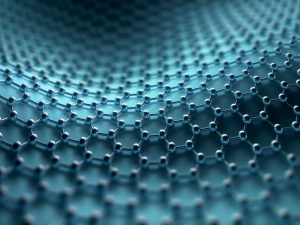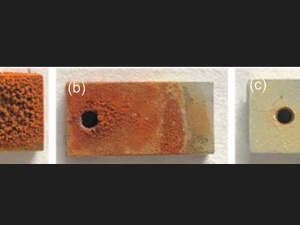The Local Electrochemical Behavior of the AA2098-T351 and Surface Preparation Effects Investigated by Scanning Electrochemical Microscopy
Abstract
In this work, scanning electrochemical microscopy (SECM) measurements were employed to characterize the electrochemical activities on polished and as-received surfaces of the 2098-T351 aluminum alloy (AA2098-T351). The effects of the near surface deformed layer (NSDL) and its removal by polishing on the electrochemical activities of the alloy surface were evaluated and compared by the use of different modes of SECM. Confocal laser scanning microscopy (CLSM) and scanning electron microscopy (SEM) were also employed to characterize the morphology of the surfaces. The surface chemistry was analyzed by X-ray photoelectron spectroscopy (XPS). The surface generation/tip collection (SG/TC) and competition modes of the SECM were used to study hydrogen gas (H2) evolution and oxygen reduction reactions, respectively. H2 evolution and oxygen reduction were more pronounced on the polished surfaces. The feedback mode of SECM was adopted to characterize the electrochemical activity of the polished surface that was previously corroded by immersion in a chloride-containing solution, in order to investigate the influence of the products formed on the active/passive domains. The precorroded surface and as-received surfaces revealed lower electrochemical activities compared with the polished surface showing that either the NSDL or corrosion products largely decreased the local electrochemical activities at the AA2098-T351 surfaces.
Full article:
Source: Preview Image: julie deshaies/Shutterstock



